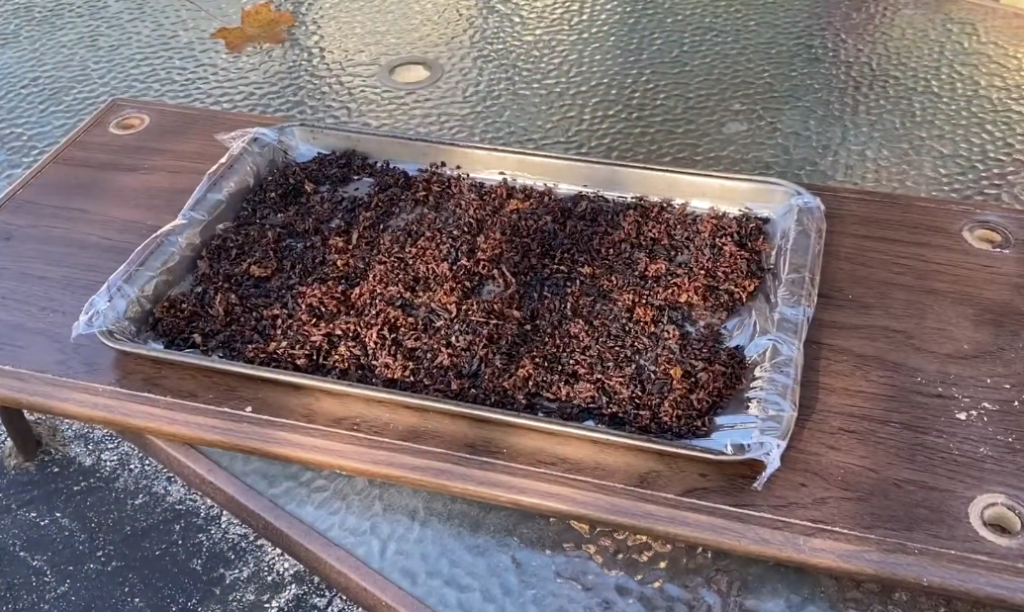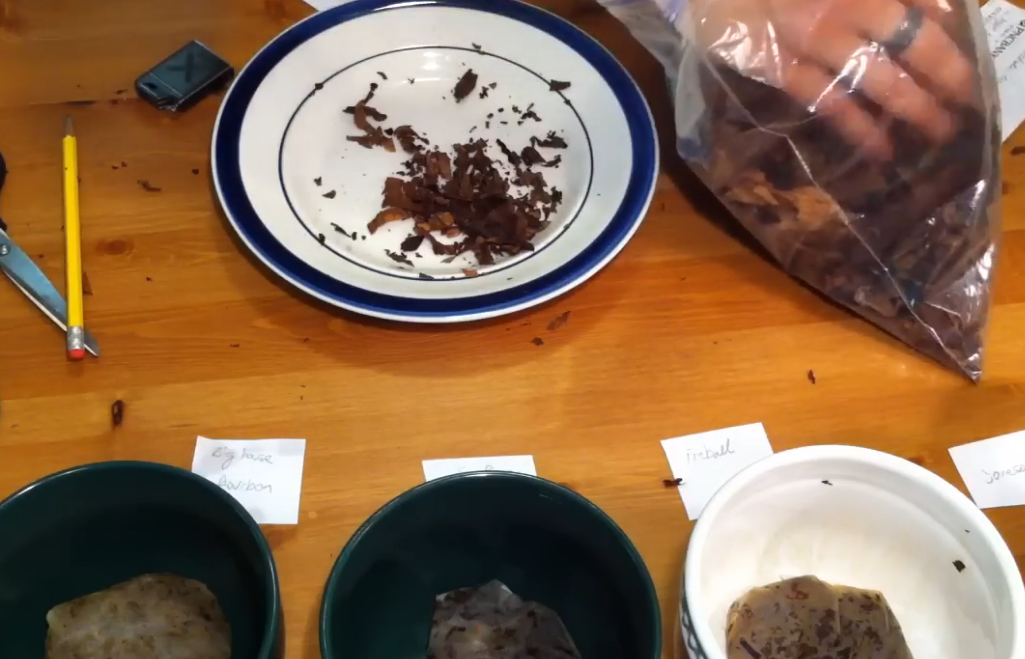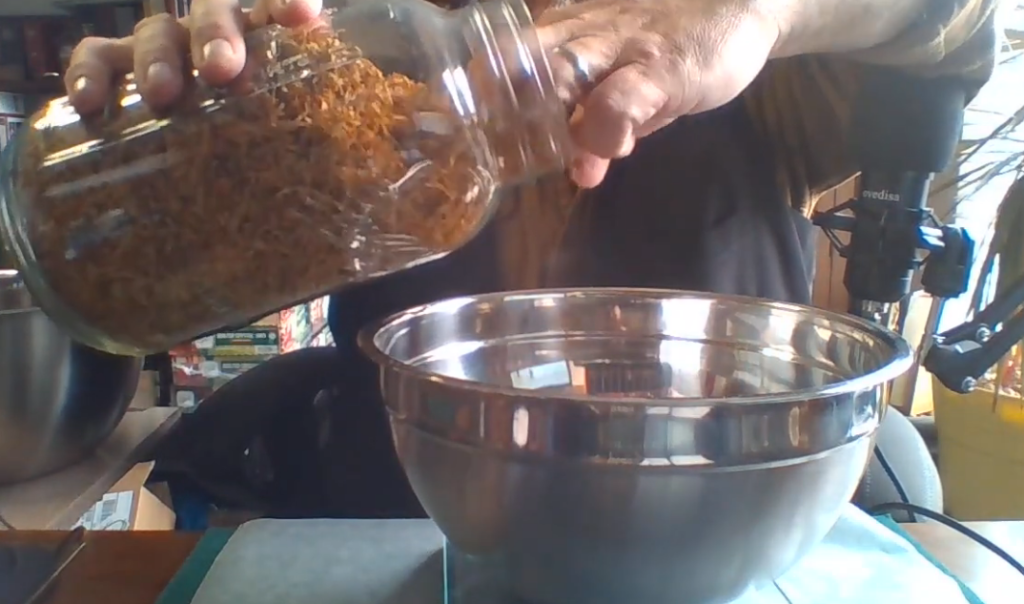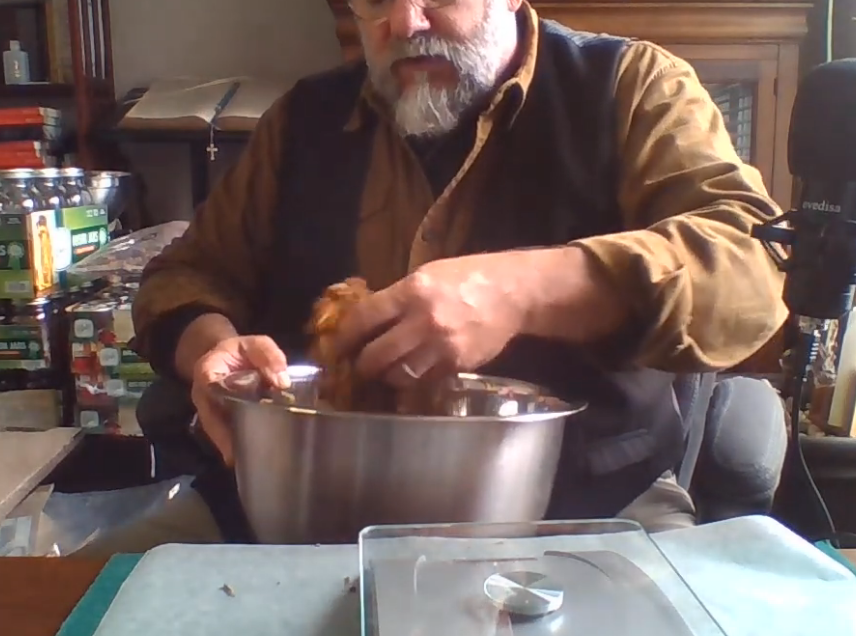Wie man Pfeifentabak aromatisiert
Want to add something new to your pipe? Flavoring tobacco is a simple but great way to spice up your smoking. If you’re someone who likes fruity, indirect, or spicy tobacco, then you might want to try flavoring tobacco. This blog will show you how to flavor your pipe tobacco so you get a delicious tobacco blend.
I’ll share with you some typical flavoring recipes as well as information on blending, aging, and processing various tobacco flavors. Translate to English

Was wird zum Aromatisieren von Pfeifentabak verwendet?
Welche Aromastoffe werden häufig zum Aromatisieren von Pfeifen verwendet?
Flavoring Pfeifentabak is really easy. To combine your tobacco and create a great mix, choose complimentary spices. Among the traditional natural flavors I would suggest are rosemary, blueberry, cherry, and licorice. Rosemary adds a herbal scent; licorice has a chilly, minty taste; blueberry and cherry provide sweet fruish undertones. To prevent clumping, ground these spices finely before blending them into the tobacco.
Before adding any flavoring, be sure you shred the leaves first if you are using whole tobacco leaves. To prevent tobacco from sticking, lay some parchment paper on your workstation. Extremely useful.
Tobacco flavors can be generally classified as either top dressing or casing. Casings raise humidity and enhance the inherent flavor of the leaf. To sweeten things, try honey or sugary syrups. Top dressings dramatically enhance aroma and taste. For instance, cedar can complicate oriental tobacco while fruit extracts like cherry, apricot or black currant accentuate fruity overtones. You might also play about with liquids like whiskey or rum. There are devoted followers for herbal tastes like deer tongue or clove as well.
Using unflavored tobacco, subtlety is everything. One should notice the original tobacco taste. To liven a Virginia or Brightleaf, for example, add just a dash of rum, but avoid overpowering the natural taste.
Some artificial food-grade flavorings, such chocolate, caramel and cinnamon powder, are also often used but go easy on these or they will alter the tobacco taste. For pipe aficionados, a competent blender can deftly combine several flavors to produce appealing ready-rubbed mixes.

Wie viel Aroma sollte dem Pfeifentabak zugesetzt werden? Gibt es ein empfohlenes Verhältnis?
When you add flavors to pipe tobacco, how much you use depends on what you’re using. For the strong concentrated essential oils, just a couple drops – like 1-3 drops per ounce of tobacco is plenty. For the less intense flavoring powders, you’ll want more – around 1-2 teaspoons per ounce is good. And for natural stuff like herbs and flowers, you can use even more.
How you add the flavor matters too. If you’re doing a casing, where the tobacco is actually soaked in a flavor solution, you’ll need more flavoring than if you’re just topping it on the surface.
But these are really just loose guidelines, my friend. You gotta experiment to get the right combo. Start with a little flavoring first, then keep adding more bit by bit if you want it stronger, until you get the taste exactly how you like it.
Blending different tobaccos takes the same careful tinkering to nail the flavor you want. Say you’re doing a Virginia and Perique blend – the Perique should usually be 5-25% of the total. Too little and you won’t get that spicy pepper kick, but too much will hide the sweetness of the Virginia. The pros really know how to find that perfect balance.
Welche Tipps gibt es für die gleichmäßige Verteilung von Aromastoffen im Tabak? Sollte es von Hand gemischt werden oder gibt es eine bessere Methode?
Getting a consistent taste every time you smoke depends on mixing those flavorings into the tobacco evenly, my friend. The easiest way is to just knead it together with your fingers for a few minutes until it’s all absorbed. But you gotta really work it to avoid clumps! Shaking it up in a sealed container can work too.
Better options are using a food processor or electric mixer. Spinning the tobacco and flavoring really fast will coat every piece thoroughly after a few minutes. Another good trick is to dissolve the flavoring in a tiny bit of alcohol first, then mist it over the tobacco evenly before mixing it up with your hands.
The point is you gotta distribute the flavor 100% evenly throughout or you’ll get inconsistent tastes. Take a little extra time to really integrate it in there. Experiment with different techniques to see what works best for you. It’s satisfying when you finally dial in that perfect, uniform flavor on every puff!

Wie lange sollte aromatisierter Pfeifentabak nach der Aromatisierung gelagert werden, damit sich die Aromen verbinden können?
Nachdem Sie die Aromen hinzugefügt haben, sollten Sie Ihren aromatisierten Pfeifentabak mindestens zwei bis vier Wochen reifen lassen. So hat der Tabak Zeit, die Aromen aufzunehmen und sich mit ihnen zu vermischen, was zu einem harmonischeren, sanfteren Geschmack führt. Um die Vermischung der Aromen zu optimieren, lassen manche Tabakhersteller ihre Mischungen sogar mehrere Monate oder sogar bis zu einem Jahr lang reifen.

Warum wir aromatisierten Pfeifentabak altern sollten
The most important thing happening as tobacco ages is fermentation, bro. Basically, bacteria eat up the starches and carbs in the leaves and turn them into sugars. This “sugaring” process makes the tobacco way richer and brings out more of its natural aromas.
At the same time, the leaf’s surface has these special gland thingies that produce aromatic terpenes. As the tobacco ages, these molecules break down in different ways to create complex flavors.
On top of that, different tobacco varieties just taste different to begin with. Fresh tobacco highlights the original blended taste, while aged tobacco develops new flavor notes over time.
So with the right aging, you get this awesome combo of accentuated, complex and integrated flavors all working together. The freshness mixes with the fermented richness and those terpenes break down into new tastes.
It’s really cool how just letting the tobacco sit brings out new depths of flavor. Both fresh and aged tobacco have unique characteristics; the former highlights the original blended taste and the latter shows the developed flavor variations from aging. Thus, appropriate aging can accentuate, complex and integrated tobacco flavors.

